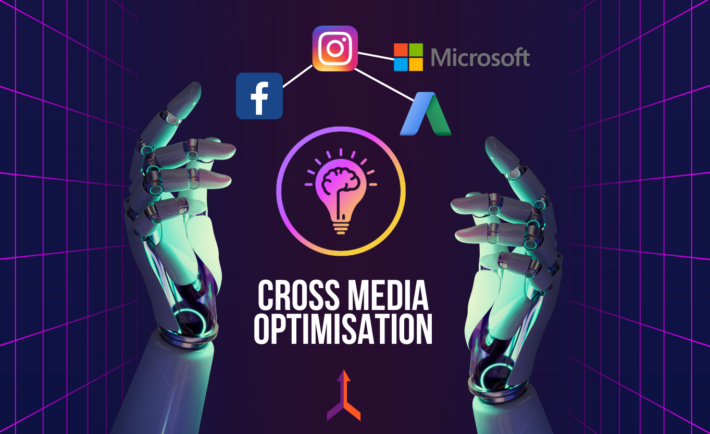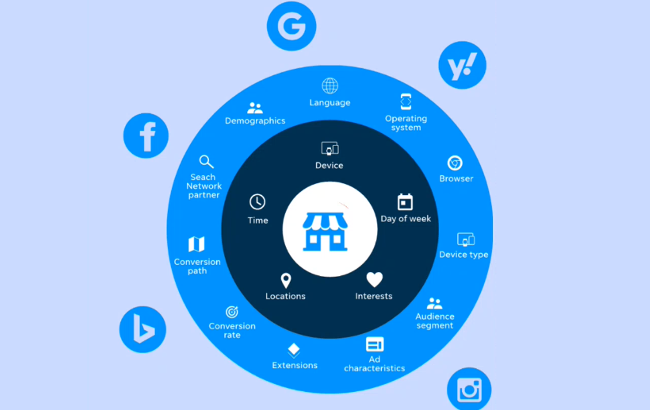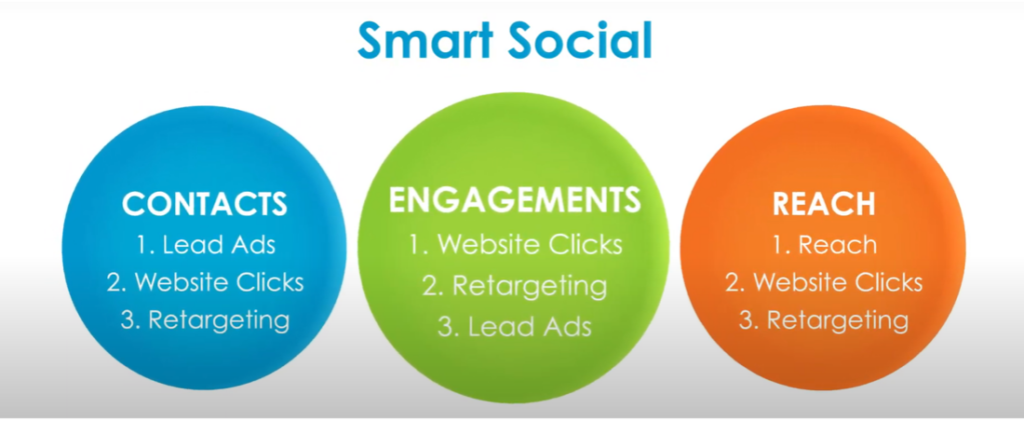
Paid media advertising has proven to be a tremendous opportunity to reach new audiences, drive leads and conversions. But the reality is managing the complexities of budget allocation and bidding strategies can be daunting when there are factors such as:
- Which paid media platform should we allocate the budget to?
- How do we know what platform is going to work?
- And what if we need to move the budget around? How do stay nimble about that?
Imagine you’re the marketing manager for an outdoor adventure gear company.
During the summer season, your company typically invests a significant portion of its marketing budget in Facebook and Instagram. However, as the summer season ends and the holiday season approaches, you notice a shift in consumer behaviour. People start searching for gift ideas and planning their winter activities. Now you realise that there is a great opportunity to capture this seasonal demand by redirecting a higher portion of your marketing budget towards Google. This process can be time-consuming because you need to analyse hundreds of data points to make an informed decision: Who has time for that?

While the traditional approach of managing multiple budgets across paid channels has been effective to some extent, it comes with its limitations.
We’ve seen more cutting-edge technologies such as AI media buying tools to autonomous ad management platforms. So, there is a shift to move away from siloed budget/single tactic approach to a goal-based, channel agnostic performance buy to stay competitive.
One of the latest innovations in this field is Cross Media Optimisation (XMO), poised to revolutionise the way businesses manage their media campaigns. In this article we will shed light on the innovative concept of XMO which includes:
- What it is Cross Media Optimisation?
- How the optimisation technology works?
What is Cross Media Optimisation/XMO?
Before delving into the advancements of XMO, let’s acknowledge the foundation – Cross Media Marketing (CMM).
CMM has always been the cohesive marketing strategy as it utilises multiple paid channels and formats to effectively engage the target audience at the right time. It does this by integrating tactics such as search engine marketing (SEM), paid social and display advertising to provide your campaign with the best outcome. XMO takes CMM to new heights with its advanced optimisation technology.
Using data science and machine learning algorithms, XMO enables advertisers to consolidate their advertising spend into one single budget. Leveraging multiple paid channels simultaneously, all with the goal of maximising return on investment (ROI).
While platforms like Facebook and Google, spends your marketing budget regardless of campaign performance, XMO focuses on maximising results through frequent budget and bid optimisations across platforms.
Though, it’s important to note, XMO is not a remedy for campaign management. Instead, it employs multiple algorithms working in tandem to achieve superior results. So, what defines the best outcome?
Well, it’s simply for businesses that wants to secure high-quality leads at the lowest possible cost.

How does XMO work?
To understand how the platform effectively reads trends, anticipates market changes and optimises budget with precision, there are two major underlying components:
1) Budget Optimisation
With XMO, your campaign budget doesn’t just sit there, it gets optimised even before the campaign kicks off. The machine learning technology collects first party data directly from Facebook, Instagram, Bing and Google to understand your target audience right from the start. So, no more guessing or relying on human intuition when it comes to campaign budget allocation.

Based on ReachLocal’s technology, every few days the budget gets fine-tuned. During this process, the data science algorithm evaluates the business and vertical type, target location, and estimated quality of leads from each channel, then allocates the budget accordingly. In addition to this, the algorithm understands that not all leads are created equal, and quantity doesn’t always mean quality.
Let’s take Google as an example. Sure, you could spend a whopping $50,000 on running shoe keywords if you wanted to. But here’s the catch: the algorithm considers the diminishing rate of return. It knows that at a certain point, spending more on certain products might not yield the best results. So, while it wants to make sure you have enough budget, it’s also careful not to go overboard on these channels.
2) Smart Social Optimisation
As you can tell by now the optimisation is designed to ensure you have greater flexibility to be ready to roll with the punches. Based on this advantage, XMO has an additional layer of optimisation for Facebook and Instagram called Smart Social Optimisation.
Smart Social allows advertisers to select multiple social objectives which includes Reach, Traffic, Conversions and Lead Ads, capturing various signals from your target audiences with one singular budget. Depending on your business objectives, if you aim to gather leads through form submissions or emails, you could choose the Conversions and Lead Ads objectives at the same time. And if you also want to maximise your reach simultaneously, you can combine it with a Reach campaign to get your ads in front of many people as possible. The advantage here is that your budget is not limited to just one campaign; it can be shared across multiple objectives and can be switched off or added at any time.

Take the traditional approach, advertisers need to manually adjust their budget across various campaigns when changing objectives. For example, you might run a reach campaign for 3 months to build an audience list and then shift the budget towards the conversion objective when customers are closer to making a purchase. This process often leads to disruptions in the campaign, frequent stops and starts in budget allocation, and uncertainty about capturing customers at every stage of the funnel.
The Smart Social component takes a different path, using the budget optimisation process to evaluate the performance of each objective and adjust the budget accordingly. This enables you to adopt a holistic and full-funnel marketing strategy, covering every stage of the lead funnel.
It’s clear that the concept of using AI and machine learning technology to consolidate various paid advertising channels into a single budget presents an intriguing opportunity to ROI.
However, it’s important to approach XMO with an open mind and consider its compatibility with your specific marketing goals and target audience.
If you found this article useful and want to know more about XMO please contact us at LocaliQ.

